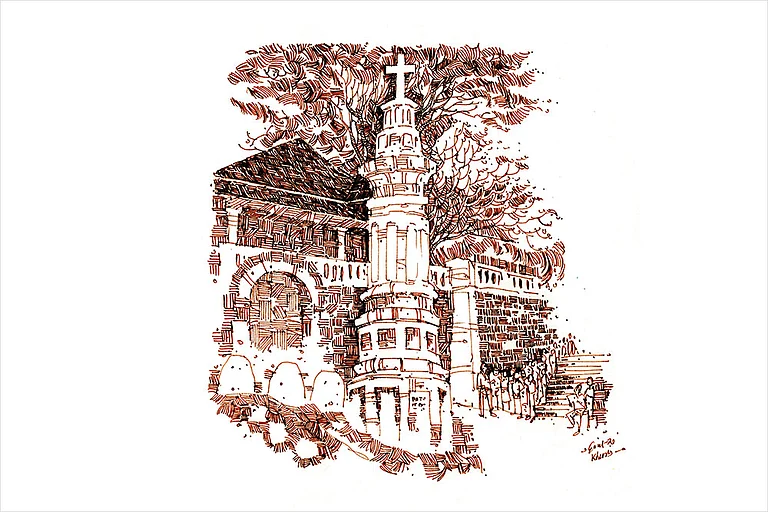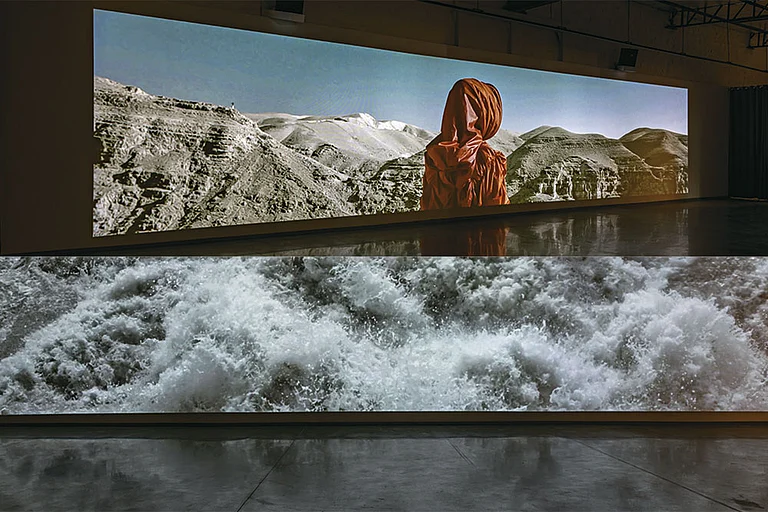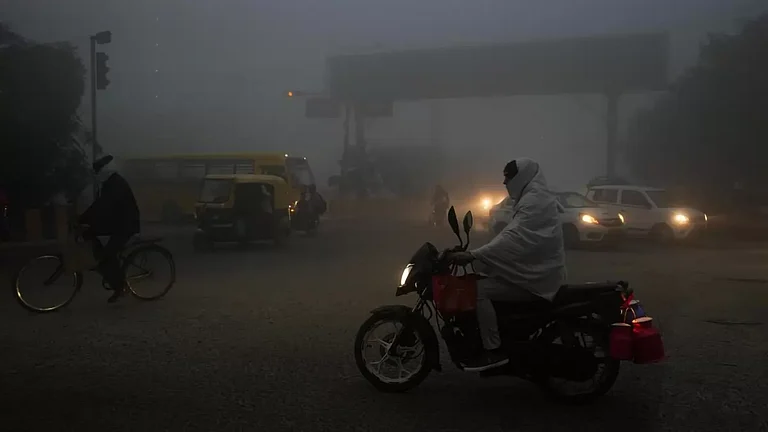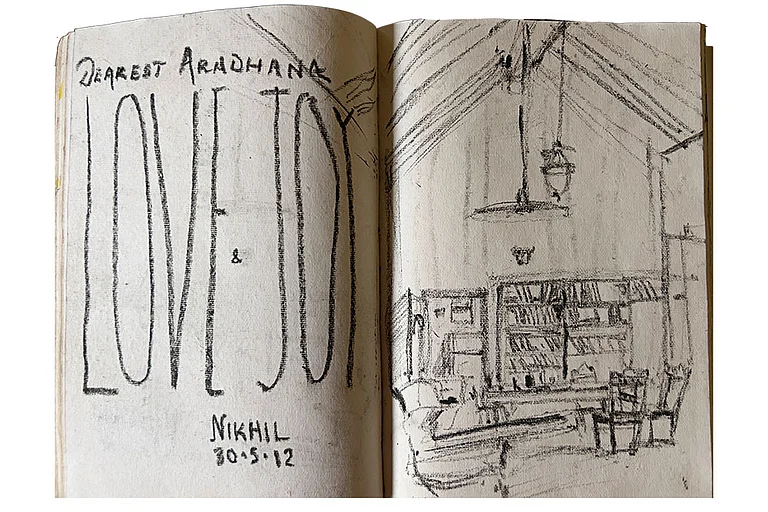Staring close up at the colossal Sopara Stupa, set in a tiny palm-fringed Archaeological Survey of India garden, it is hard not to be amazed. Its bricks were of such superior quality that this structure has survived for millennia on the outskirts of Mumbai, just a few kilometres from the Nalasopara suburban train station. According to estimates the stupa may be an astonishing 2,200 years old.
Once containing a piece of the Buddha’s begging bowl and other religious treasures, and presently surrounded by curious ruins that may have been part of a monastery, the stupa is the best evidence we have of the ancient city of Sopara’s global prestige (and indeed Mumbai’s). Sopara is thought to be synonymous with the legendary port of Ophir, from where biblical kings bought sandalwood, ivory, and peacocks in the 8th century BCE. It is also the Suraparaka mentioned in the Mahabharata as well as the Supparaka of the Buddhist Jataka tales.
Around the time of the Buddha, it would have been the largest city on the west coast — the end point of caravan routes from Ujjain, converging with sea routes from Mesopotamia and Egypt. Ships capable of carrying upwards of 500 merchants docked at this bustling port. It was also from Sopara that Vijaya, who was to become the first king of Sri Lanka, departed with some 700 settlers to colonise and kick-start Lankan early history in the 3rd century BCE.
Ironically, today the Sopara Stupa might well qualify as India’s least visited tourist sight, despite its proximity to Mumbai. I don’t see another soul the day I go there and the rickshaw driver seems a bit puzzled about why I spend so long staring at bricks, although he does trail after me into the garden to look for himself. The area immediately around the stupa is bucolic with fishing villages, temples and churches, and a few basic resorts in the nearby Arnala beach.
So it can be a little hard to imagine the lost grandeur of this place. But the fact is that two Ashokan rock edicts (one of the major ones) have been unearthed here, suggesting that this port was thriving in Mauryan times too.
Buddhist monasteries often came up near trade routes and important commercial hubs since running safe guesthouses for travellers was a charitable Buddhist activity. In return, the monks received patronage from traders, as is evidenced a few kilometres down the suburban train line. Get off at Borivli and hike into Sanjay Gandhi National Park where you’ll find the Kanheri caves, once a thriving international academy where monks held philosophical debates. This centre flourished almost up to the time the Portuguese colonisers arrived in the area.
Climbing up the ravine from cave to cave, one finds dining halls, meditation chambers, water cisterns, and art — there’s even a painted ceiling in one cave. The views are stupendous. This must have been a phenomenal place in which to live and study.
In particular, check out Cave Number 3, the one with the giant Buddhas in between which sculp-ted panels immortalise some of the primary donors: glorious ladies and rich businessmen who made their fortunes from the Sopara trade. As one studies their noble features, ornaments and garments, it is interesting to learn that they are believed to have been foreigners, possibly Parthians (from present-day Iran), who set up shop here.
Another prominent alien in Ashokan times was the chief Buddhist of the Sopara area, whose name has been recorded as Yavana Dharmaraksita — or ‘Dharmaraksita the Greek’. He was deputed by the Buddhist Council at Pataliputra (Patna) to travel south and propagate the religion along the coast, having been selected for the task precisely because he was a foreigner. He fitted in well in cosmopolitan Sopara and was able to preach to Arabs, Parthians, Greeks from Alexandria, and perhaps even a sprinkling of Romans, in their own tongues. It is believed that the stupa at Sopara was built during his time here, in about 250 BCE.





















